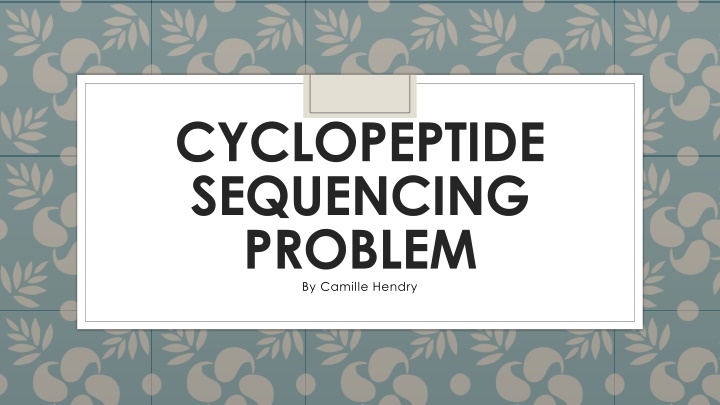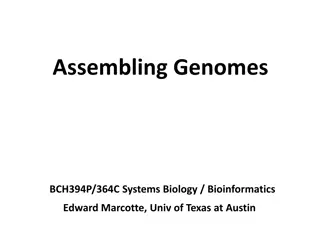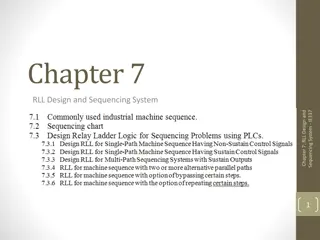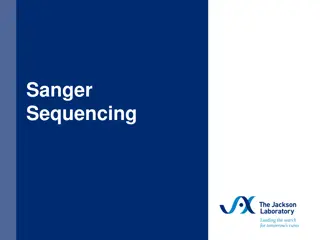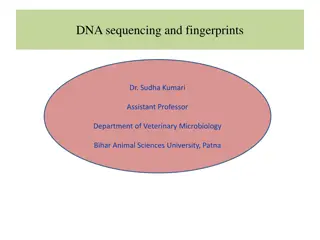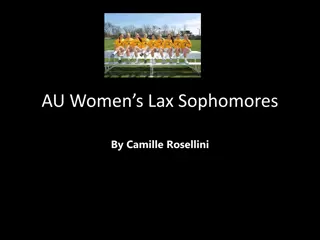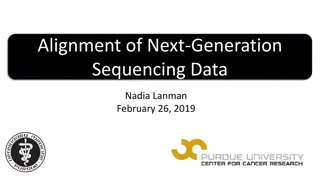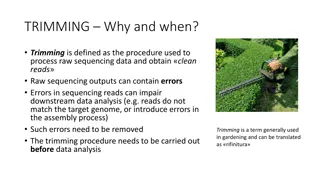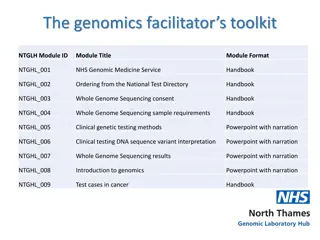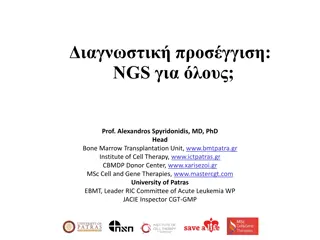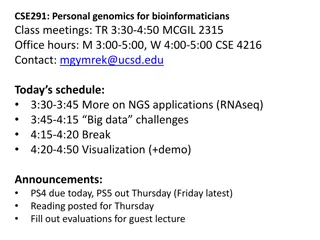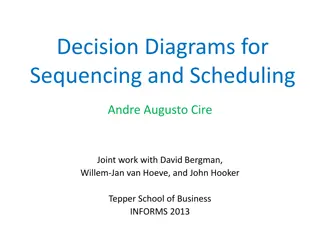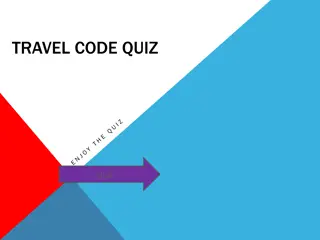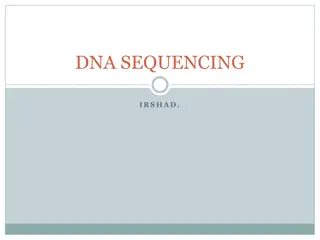CYCLOPEPTIDE SEQUENCING PROBLEM BY CAMILLE HENDRY
Reconstructing cyclic peptides from mass spectrometer data using the branch and bound method. Detailed steps including expanding peptides, checking consistency, and handling ideal and non-ideal spectra. Input-output examples provided for cyclopeptide sequencing and leaderboard peptide sequencing. Explore high-order steps in cyclopeptide sequencing spectrum.
Download Presentation

Please find below an Image/Link to download the presentation.
The content on the website is provided AS IS for your information and personal use only. It may not be sold, licensed, or shared on other websites without obtaining consent from the author.If you encounter any issues during the download, it is possible that the publisher has removed the file from their server.
You are allowed to download the files provided on this website for personal or commercial use, subject to the condition that they are used lawfully. All files are the property of their respective owners.
The content on the website is provided AS IS for your information and personal use only. It may not be sold, licensed, or shared on other websites without obtaining consent from the author.
E N D
Presentation Transcript
CYCLOPEPTIDE SEQUENCING PROBLEM By Camille Hendry
The problem Reconstructing a cyclic peptide from masses taken out of a mass spectrometer We have mass of all twenty peptides Use the branch and bound method to solve
Assuming we have an ideal spectrum CYCLOPEPTIDESEQUENCING(Spectrum) Peptides a set containing only the empty peptide while Peptides is nonempty Peptides Expand(Peptides) for each peptide Peptide in Peptides if Mass(Peptide) = ParentMass(Spectrum) if Consistent(Peptide) = True output Peptide remove Peptide from Peptides else if Peptide is not Consistent with Spectrum remove Peptide from Peptides
If we do not have an ideal spectrum LEADERBOARDCYCLOPEPTIDESEQUENCING(Spectrum, N) Leaderboard {0-peptide} LeaderPeptide 0-peptide while Leaderboard is non-empty Leaderboard Expand(Leaderboard) for each Peptide in Leaderboard if Mass(Peptide) = ParentMass(Spectrum) if Score(Peptide, Spectrum) > Score(LeaderPeptide, Spectrum) LeaderPeptide Peptide else if Mass(Peptide) > ParentMass(Spectrum) remove Peptide from Leaderboard Leaderboard Cut(Leaderboard, Spectrum, N) output LeaderPeptide
Data Taken From Cyclopepeptide sequencing Input: 0 113 128 186 241 299 314 427 Output: 186-128-113, 186-113-128, 128-186-113, 128-113-186, 113-186-128 113- 128-186 Leaderboardpeptide sequencing Input: 10 (N) 0 71 113 129 147 200 218 260 313 331 347 389 460 Output: 113-147-71-129
High Order Steps- cyclopeptide sequencing spectrum Cyclopeptide sequencing spectrum input an ideal Spectrum (list of integers) output all possible peptide strings in a list Total mass of a peptide function input of peptide (list of masses) outputs total mass. Expand function Which add to the list of total peptides (Branch step) The input is the current peptide list doesn t return anything, but instead modify the peptide list that was inputted. A consistent function Checks to see if the peptide is consistent with spectrum (Bound step) input a peptide (list of mass) and a spectrum Outputted True or False
High Order Steps- Leadership cyclopeptide sequencing spectrum Leadership cyclopeptide sequencing Inputs an ideal Spectrum (list of integers) and a N (the highest score, with ties) Ideal spectrum function Inputs a peptide (string) Outputs a spectrum (list) Score function Compares the experimental spectrum to the ideal spectrum and gives a score based on number of values that match Inputs are peptide (list of masses) and spectrum(list). Outputs a score (integer).
Conclusion Each function one step closer Leadership still not prefect Due to time saving nature of algorithm you could get rid of best possibility But In practice it works pretty well
